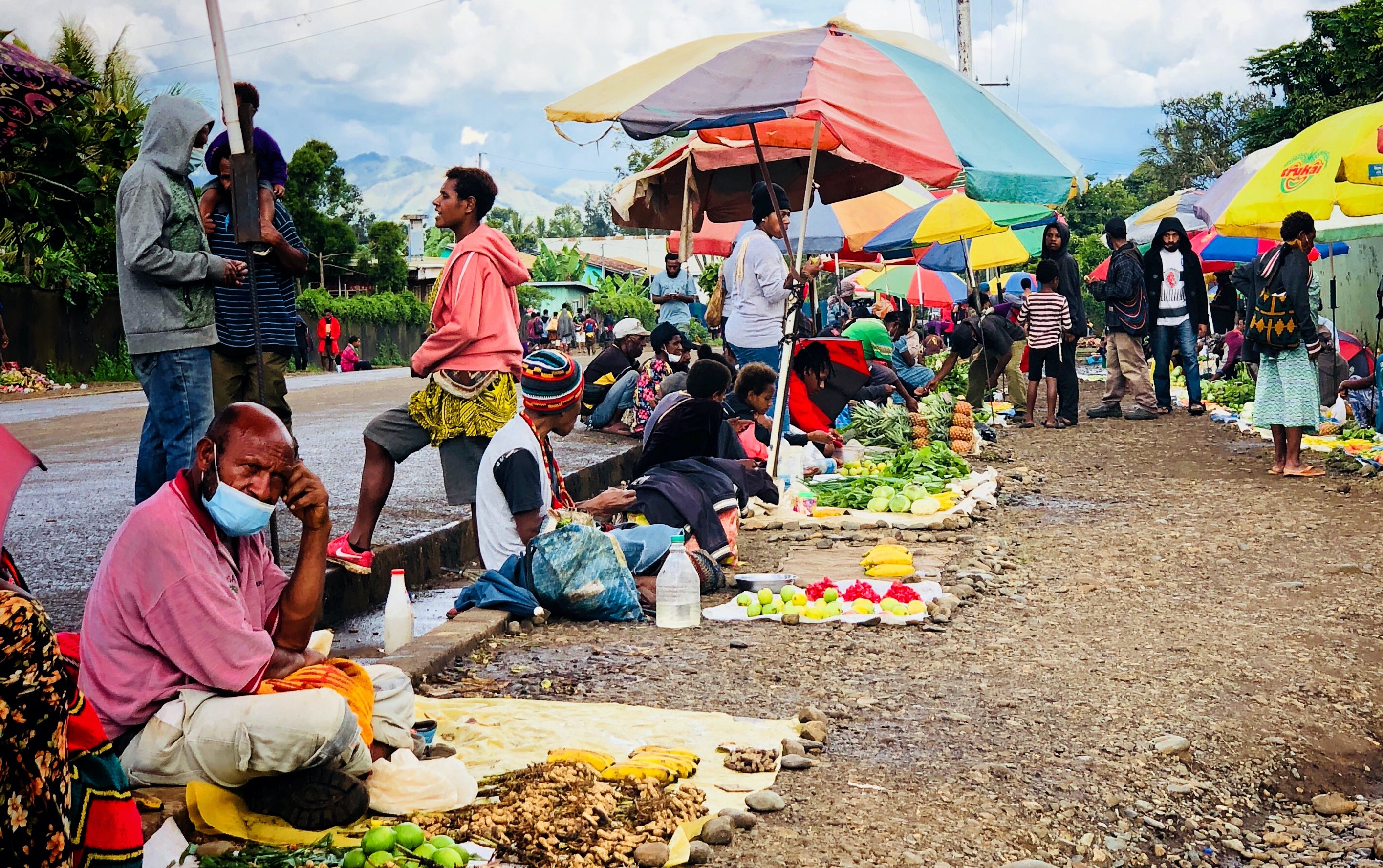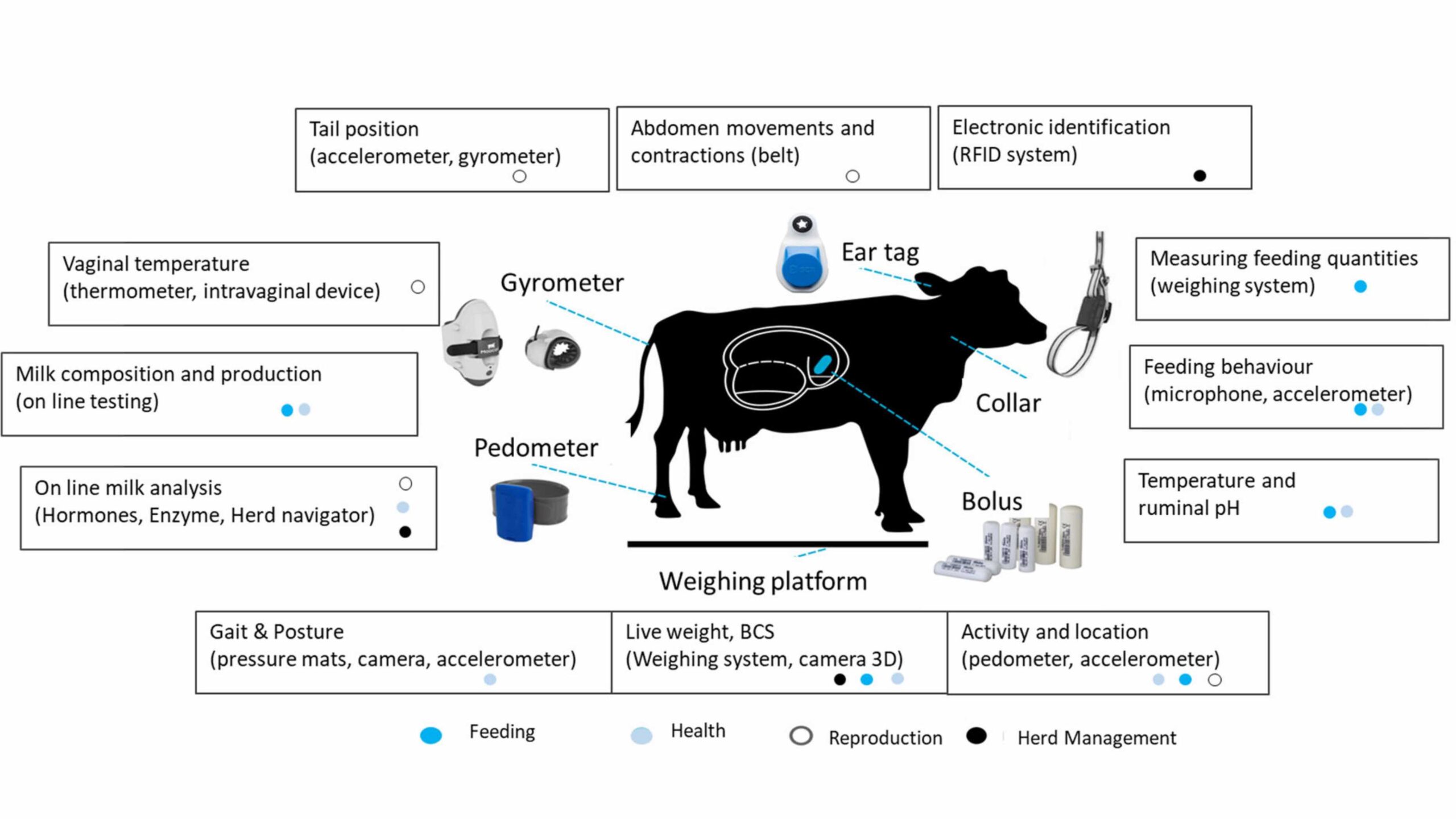In general, the COVID-19 pandemic has had only modest impacts on food availability but greater consequences for food affordability. During the food price crisis of 2007-8, rice prices increased dramatically in rice-importing countries such as Papua New Guinea (PNG) when rice-exporting countries imposed export bans. In this post, Emily Schmidt and Paul Dorosh model different rice supply and demand scenarios for rural and urban households in PNG during the pandemic, finding a smaller affordability effect than the previous crisis—but that household income losses have compounded more modest price increases. They propose actions to increase the security of food staples for households during crises without distorting food markets and trade over the longer term.—John McDermott, series co-editor and Director, CGIAR Research Program on Agriculture for Nutrition and Health (A4NH).
During the early months of the COVID-19 pandemic, several major rice exporting countries, grappling with rising economic uncertainties, suspended rice exports to ensure adequate domestic supply. Viet Nam, Cambodia, and Myanmar temporarily halted rice exports, contributing to spikes in rice prices on international markets. By April 2020, rice prices had increased by over 35% in Thailand and 20% in Viet Nam (important benchmark countries for international rice price monitoring). International rice prices rose an average of 25% during March-Sept. 2020, and currently remain high (on average 36% higher in March 2021) compared to pre-COVID-19 levels, despite the loosening of rice export restrictions and quarantine measures in the second half of 2020.
Rice import-dependent countries such as Papua New Guinea (PNG) are particularly vulnerable to such price shocks. Ninety nine percent of PNG’s rice supply is imported, meaning global market shocks can have a large impact on domestic rice prices. With food accounting for more than three quarters of overall household expenditures in both poor and non-poor households in PNG, changes in domestic food prices can have an outsized impact on consumption. About 50% of all PNG households consume rice, which comprises 30% of their minimum daily energy requirement.
To estimate the impact of higher rice prices and domestic lockdown policies on households in PNG, we simulated the potential impact of a 25% rise in the world price of rice (equal to the increase in world prices from Dec. 2019 to the average March-Sept. 2020 price) and different scenarios of estimated household income loss due to reduced mobility. Our results, published in Agricultural Economics, indicate that households may have reduced rice consumption as much as 15% or more, with the urban poor experiencing the greatest losses. However, the model also suggests affected households may have at least partially shifted consumption to several domestic alternatives.
To model the effects of rice price increases and reduced mobility, we use data on regional household rice consumption from the 2009-10 Household Income Expenditure Survey (HIES), household rice consumption in lowland Momase rural areas from the 2018 IFPRI Rural Survey on Food Systems (PNG-RSFS), and international trade data on imports to estimate household rice consumption for various regions of PNG. Results suggest that even without the additional economic impacts of reduced mobility, a 25% increase in the domestic price of rice results in a 14.3% decline in overall rice consumption.
Using changes in mobility data reported by Google (2020) to estimate household income losses, we simulate a 25% rice price increase with different household income shocks for rural and urban poor and non-poor households, respectively.
Rural and urban labor (or employment) are characteristically different in PNG, with rural households largely engaged in own-farm subsistence agriculture, while urban employment relies more on place-based activities (e.g. office, factory, etc.). Similarly, employment within urban areas varies depending on whether an individual is able to work from home or is required to go to the workplace to be productive. Considering these differences, we estimate low and high household income loss in rural and urban areas depending on different levels of reduced mobility between January and the average of March-Aug. 2020.
Focusing on the high-income loss scenario (20% decrease in household income), simulation results suggest rice consumption among the urban poor drops by 20%, more steeply than for other household groups (Figure 1). We assume a larger income shock for these households because the urban poor have less flexibility to work remotely. Other household groups also experience significant decreases: Rice consumption of urban non-poor and rural (poor and non-poor) households declines by 16%-17%.
The model also indicates likely shifts in consumption driven by the combination of income losses and higher prices. Consumption decreases are slightly smaller in the simulation that includes income losses vs. a 25% increase in the rice price with no income shock. This is likely due to reduced household demand for rice, leading to greater consumption of less expensive domestic alternatives such as sweet potato, taro, or sago.
Assuming domestic availability of these staple crops is sufficient to meet this increased demand, households that switch from rice to a different domestic crop due to falling incomes may manage to avoid a potentially much greater drop in total calorie consumption.
Policy implications
This study shows the acute vulnerability of people in rice-importing countries to shocks such as the COVID-19 pandemic. Indeed, PNG remains vulnerable. After successfully avoiding widespread COVID-19 outbreaks for nearly the past year, the country is now seeing a rapid rise in infections and hospitalizations that threaten to overwhelm the health system. Our research demonstrates that PNG may face continuing challenges in maintaining food security in urban and rural areas if international rice prices remain high.
More broadly, the impacts on prices and consumption seen in the model may drive affected countries to seek rice self-sufficiency, as many (including PNG) did following the global food price shocks of 2007/08. Fortunately, the current international rice price increases are considerably less severe than those experienced in 2007/08 when rice export bans were maintained for a long duration. Although COVID-19 has affected the international rice trade across most importing countries, it is important to underscore that large-scale local rice production is not competitive in PNG, where other cash and export crops are financially more attractive for local producers.
Rather than reaching for a costly and likely unattainable goal of domestic rice self-sufficiency, policymakers should consider broader, longer-term investments in agriculture to improve food security and resilience to shocks.
Greater investment in rural agricultural extension services and transportation infrastructure can improve production practices and lower marketing costs between farmgate and secondary markets. Improved information systems, including a long-overdue nationally representative Household Income Expenditure Survey, can inform more geographically-targeted policies aimed at reducing food insecurity and associated market failures. Finally, more formal safety net programs can improve livelihoods and food security and build resilience to shocks. Such long-term investments can help to offset not only negative impacts of rice market upheavals, but of other varieties of food price shocks going forward.
Emily Schmidt is a Research Fellow with IFPRI’s Development Strategy and Governance Division (DSGD); Paul Dorosh is DSGD Director. The analysis and opinions expressed in this piece are solely those of the authors. This paper is part of a COVID-19 special issue of Agricultural Economics edited by IFPRI’s Johan Swinnen and Rob Vos.
This work was supported by the Australia Department of Foreign Affairs and Trade (DFAT), the Regional Strategic Analysis and Knowledge Support System for Asia (ReSAKSS-Asia) funded by the United States Agency for International Development (USAID), and the IFPRI-led CGIAR Research Program on Policies, Institutions, and Markets (PIM).







